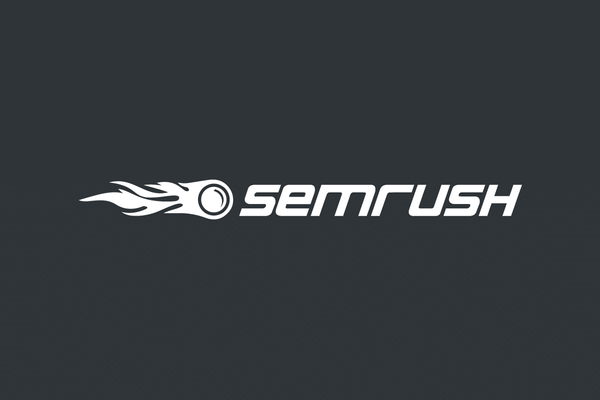Conversion Rate Optimization (CRO) is the process of increasing the percentage of website visitors who take a desired action, such as making a purchase, signing up for a newsletter, or filling out a contact form. For Shopify store owners, CRO is essential for maximizing sales and improving the overall performance of your online store.
Understanding Conversion Rate Optimization (CRO)
What is Conversion Rate?
The conversion rate is the percentage of visitors to your website who complete a desired action. It is calculated using the following formula:
Conversion Rate = (Number of Conversions/Total Number of Visitors) x 100
Why is CRO Important?
- Increased Revenue: Higher conversion rates directly lead to increased sales and revenue without the need to increase traffic.
- Better ROI: Optimizing your existing traffic is more cost-effective than acquiring new traffic.
- Enhanced User Experience: CRO involves improving the user experience, making it easier for visitors to take desired actions.
- Competitive Advantage: A well-optimized store stands out in a crowded market, attracting and retaining more customers.
Steps to Implement CRO in Shopify
1. Analyze Your Current Performance
Before making any changes, you need to understand your current performance. Use analytics tools to gather data on visitor behavior, conversion rates, and other key metrics.
Tools for Analysis
- Google Analytics: Provides detailed insights into visitor behavior, traffic sources, and conversion funnels.
- Shopify Analytics: Offers data on sales, conversion rates, and customer behavior specific to your Shopify store.
- Heatmaps and Session Recordings: Tools like Hotjar and Crazy Egg show how visitors interact with your site, highlighting areas for improvement.
2. Identify Conversion Barriers
Identify potential barriers that prevent visitors from converting. These could include:
- Complex Navigation: Difficult-to-navigate websites can frustrate visitors.
- Slow Load Times: Slow pages lead to higher bounce rates.
- No clear call to to action: Busy webpages and an overload of information where the use is often left feeling overwhelmed.
- Poor Mobile Experience: With increasing mobile traffic, a mobile-optimized site is crucial.
- Confusing Checkout Process: Complicated or lengthy checkout processes can deter customers.
3. Optimize Your Website Design
Your website design plays a significant role in converting visitors. Focus on the following areas:
Simplify Navigation
- Clear Menu Structure: Use clear and intuitive menu categories.
- Search Functionality: Ensure your search bar is visible and functional.
- Breadcrumbs: Use breadcrumbs to help visitors understand their location within the site.
Improve Page Load Speed
- Optimize Images: Compress images without compromising quality.
- Minimize Plugins: Limit the use of plugins and third-party scripts that slow down your site.
- Use a Fast Theme: Choose a Shopify theme known for its speed and performance.
Mobile Optimization
- Responsive Design: Ensure your site is fully responsive and works seamlessly on all devices.
- Mobile-Friendly Checkout: Simplify the checkout process for mobile users.
4. Enhance Product Pages
Your product pages should provide all the necessary information and encourage visitors to make a purchase.
High-Quality Images
- Multiple Angles: Show products from different angles.
- Zoom Functionality: Allow visitors to zoom in on product images.
- Videos: Use product videos to provide a more detailed view.
Compelling Descriptions
- Detailed Information: Include size, material, care instructions, and other relevant details.
- Benefits: Highlight the benefits of the product, not just features.
- SEO: Use keywords naturally to improve search visibility.
Social Proof
- Customer Reviews: Display customer reviews and ratings prominently.
- Testimonials: Include testimonials from satisfied customers.
- User-Generated Content: Showcase photos and videos from customers using your products.
5. Streamline the Checkout Process
A smooth and hassle-free checkout process is critical for reducing cart abandonment and increasing conversions.
Simplify Checkout Steps
- Guest Checkout: Allow customers to checkout without creating an account.
- Single-Page Checkout: Minimize the number of steps in the checkout process.
- Auto-Fill Options: Use auto-fill for address and payment information.
Secure Payment Options
- Multiple Payment Methods: Offer a variety of payment options (credit cards, PayPal, Apple Pay, etc.).
- Trust Badges: Display security badges and trust seals to reassure customers.
6. Implement Effective Call-to-Actions (CTAs)
Your CTAs should be clear, compelling, and encourage visitors to take the desired action.
Placement and Design
- Visibility: Ensure CTAs are prominently displayed and stand out on the page.
- Language: Use action-oriented language (e.g., “Buy Now,” “Add to Cart,” “Sign Up”).
- Testing: A/B test different CTA designs and placements to find what works best.
7. Personalize the Shopping Experience
Personalization can significantly enhance the customer experience and drive conversions.
Product Recommendations
- Related Products: Show related products on product pages.
- Recently Viewed Items: Display recently viewed items to remind customers of their interests.
- Personalized Offers: Offer personalized discounts based on browsing or purchase history.
Email Marketing
- Abandoned Cart Emails: Send reminder emails to customers who leave items in their cart.
- Personalized Newsletters: Tailor email content based on customer preferences and behavior.
- Re-engagement Campaigns: Reach out to inactive customers with special offers and updates.
8. Test and Iterate
Continuous testing and iteration are crucial for effective CRO. Use A/B testing to experiment with different changes and identify what works best.
A/B Testing
- Elements to Test: Test different headlines, images, CTAs, layouts, and more.
- Tools: Use tools like Optimizely or VWO for A/B testing.
Monitor and Adjust
- Regular Analysis: Continuously monitor your KPIs and adjust your strategies based on the data.
- Customer Feedback: Collect feedback from customers to identify areas for improvement.
Final Thoughts
Conversion Rate Optimization (CRO) is an ongoing process that involves analyzing data, identifying barriers, and implementing changes to improve the user experience and drive conversions. By focusing on website design, product pages, checkout processes, CTAs, personalization, and continuous testing, Shopify store owners can effectively optimize their stores for higher conversion rates. Regularly monitoring performance and staying informed about best practices will help ensure long-term success and growth.








